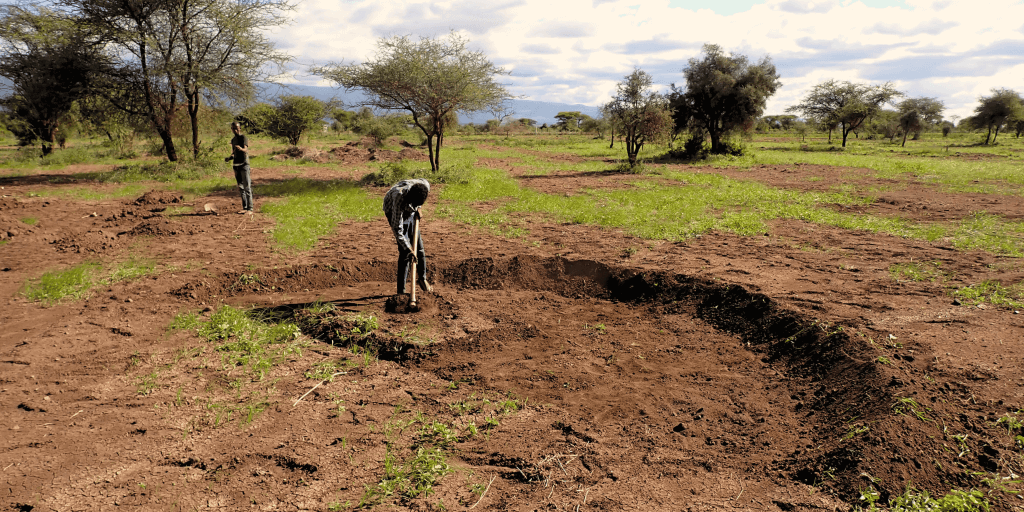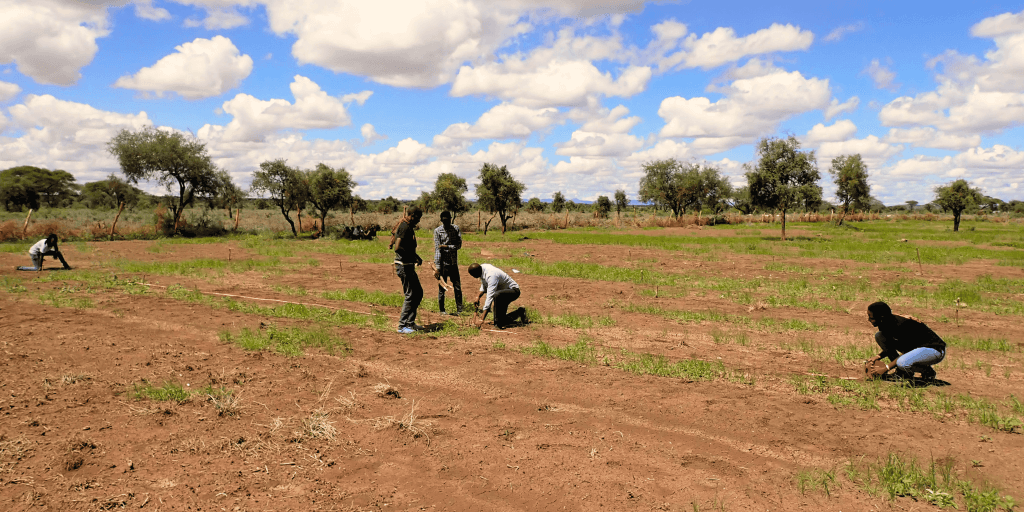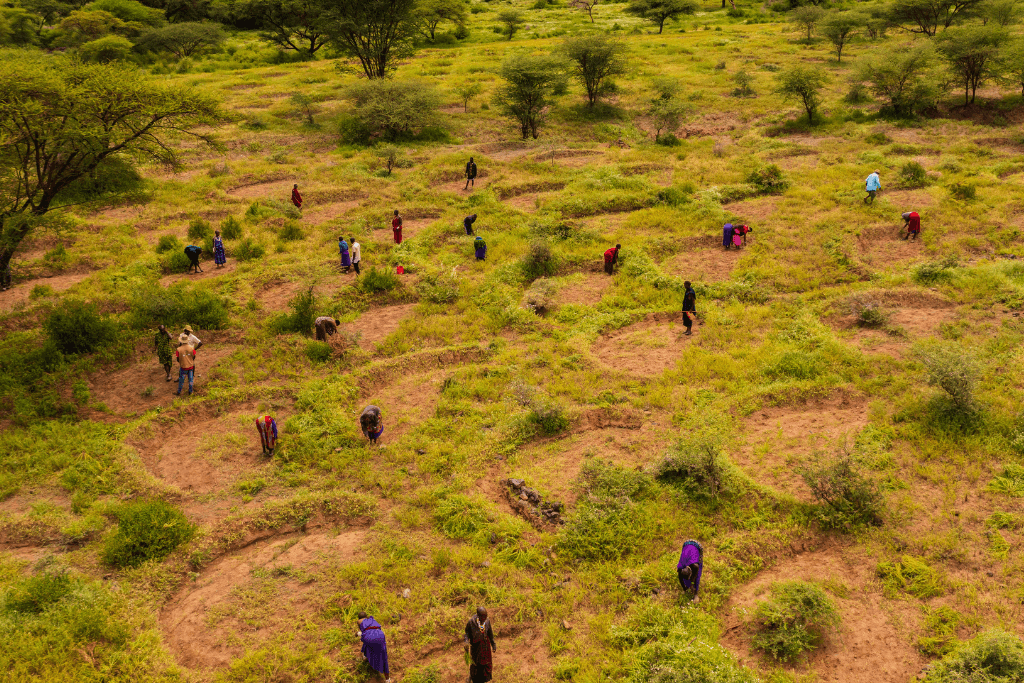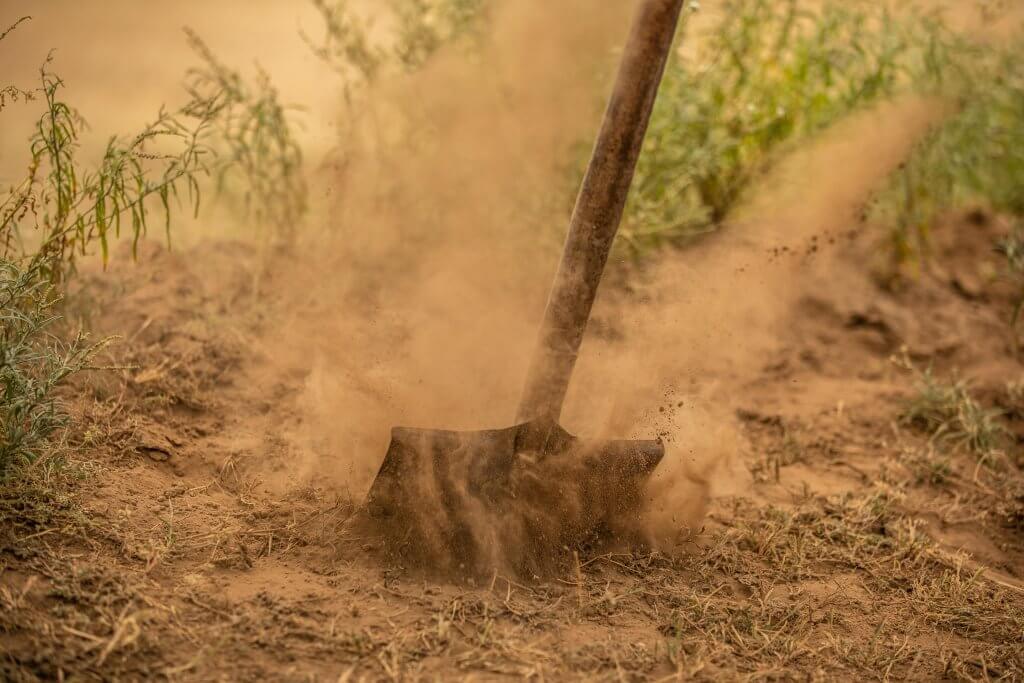Experimenting with SAPs in our grass seed banks
Time to get a bit scientific. In the last few weeks, we initiated multiple experiments on climate-proofing techniques. This included the use of Super Absorbent Polymers (SAPs) to make the grass seed banks more drought resistant. If you failed chemistry in high school, don’t panic just yet… SAPs are quite easy to understand and can actually help to regreen our planet!

So, what are SAPs? Super Absorbent Polymers (we’ll just use the slightly more catchy ‘SAPs’ from now on 😉) are small granules that absorb liquids and slowly release them. They can absorb and release liquids up to 400 times their weight.
Experiments
This got us thinking: what if we use SAPs to absorb rainwater and slowly release that water to plants in our grass seed banks? This would make it possible for grasses in the grass seed banks to grow, even during times with just a tiny bit of rainfall.
We decided to put it up to the test. First, we made sure that the SAPs we use are starch-based, non-toxic and biodegradable. This means they are safe to use for the soil and vegetation of the grass seed banks. Then we set up a set of experiments where we used SAPs and goat manure at different ratios on normal ploughed land, soil bunds and Zai pits with controls. The grass type used for all the tests is Cenchrus Ciliaris.

We have set up these experiments in the Noonkotia, Lenkism and Meshanani grass seed banks. When the tests are finalised, the impact will be measured in terms of soil moisture retention, ground cover, biomass production and seed yield. We’re hopeful that this will increase the grass seed harvest so we have more seeds we can use in our bunds!





